Editors’ Picks




Found in Robotics News & Content, with a score of 4.58
…can be used for developing solutions for perception, navigation, manipulation and control in robotics systems. Developers can train and test robotics software using realistic virtual simulation environments. MathWorks added more deep learning enhancements to its latest releases of MATLAB and Simulink for designing and implementing deep neural networks and AI development. The Deep Learning Toolbox can be used to train deep learning networks for computer vision, signal processing and other applications. A Deep Network Designer app uses a drag-and-drop interface to help engineers build, visualize and edit deep learning networks. “If an engineer or data scientist wants to detect specific…
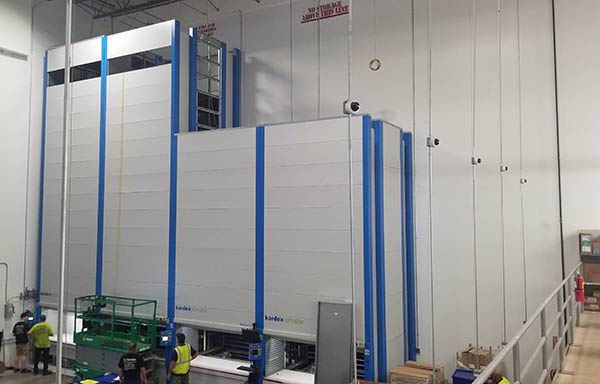
Found in Robotics News & Content, with a score of 4.52
…with the robots having purview over movements and bin manipulation, reporting inventory consumption as it happens. “The host-level system is coordinating all the work that needs to happen, and giving the machine parameters about when that work should happen, so the system can be prepared to move efficiently. The host system typically gives it some flexibility in how it completes its tasks,” Bratten said. Not all GTP systems or system deployments are implemented in the same way, but generally, a WMS, WES, or some other host system oversees inventory levels and replenishment, he said. “It really can run the gambit…
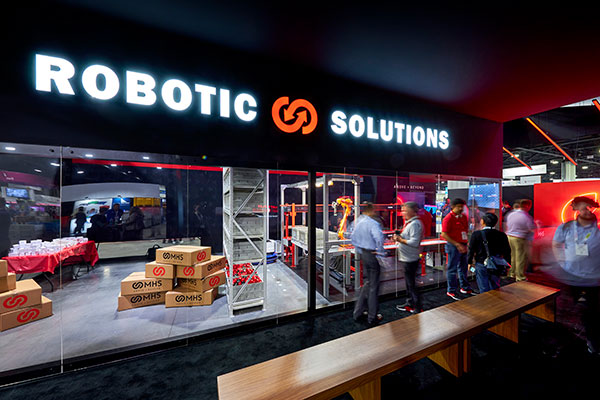
Found in Robotics News & Content, with a score of 4.50
…have largely been solved for mobile robots, perception and manipulation remain challenging for piece-picking operations. Advances in computer vision, machine learning, and end-of-arm tooling are now enabling robots to pick at human and even superhuman rates. One company focusing on successful automation of pick-and-place workflows is Material Handling Systems Inc. (MHS). The Mt. Washington, Ky.-based company spun out MHS Robotics from its research and development unit last year. Kristiyan Georgiev, R&D manager for computer vision and software engineering at MHS, spoke with Robotics 24/7 about improvements in robotic picking applications. How long have you been at MHS, and how does…
Found in Robotics News & Content, with a score of 4.49
…piece picking, humans have the advantage of highly dexterous manipulation, versatile product identification and intuitive decision-making. Robots offer consistency and predictability, but they will need greater speed and flexibility to keep up with the inconsistent and unpredictable world of e-commerce fulfillment. Researchers, solution providers and end-users are still in the very early stages of identifying the opportunities, developing highly customized solutions and quantifying the results. However, because the optimal piece-picking robotic system will depend on efficient and connected processes, many operations will build comfortable homes for robots long before they are ready to move in. “In the past, there were…
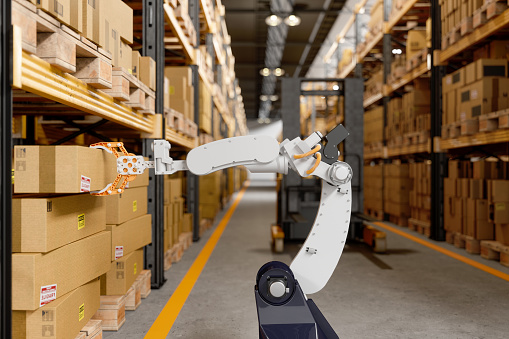
Found in Robotics News & Content, with a score of 4.14
…the digital infrastructure and solve the networking problems and manipulation challenges.” “Since we can't expect robots to be online 100% of the time, we have to provide missions and be prepared for exceptions,” he added. “The architecture has to be very distributed, between the server, the edge, or on the device. With IoT [the Internet of Things] and the cloud, we're getting to the point where it has to be quite fluid.” Agriculture, mining, and delivery robots are other areas where fleet management software and services will eventually be needed, argeed the industry experts. “Orchestration software is essential where you…

Found in Robotics News & Content, with a score of 3.98
…and place pallets. To facilitate feedback to its pallet manipulation stack, Panzarella said Seegrid uses time-of-flight cameras and lidar to estimate the pose of a pallet when picking or the facility infrastructure (e.g., tables and racks) when placing. Pallets in the real-world are often damaged or presented to the AMRs with high levels of variability. Computer vision systems need to be resilient enough to tolerate these disturbances to reliably determine the position and orientation of the pallet as well as estimate the location of the fork pockets. One particular challenge Panzarella noted is occlusions, often from facility infrastructure, that blocks…
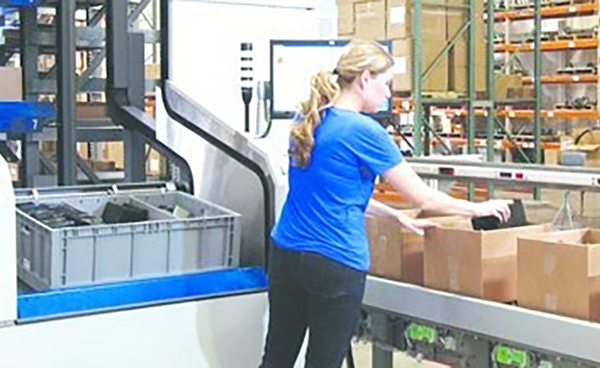
Found in Robotics News & Content, with a score of 3.73
…Robots couldn't handle that variability. Better machine vision, grasping, manipulation, artificial intelligence and machine learning, and mobility make more possible today. Some newer products in high demand are robots that fit within a defined task that a person would be doing. This includes collaborative robots and autonomous mobile robots [AMRs]. [At FORTNA], we're very familiar with induction onto sorting systems. Robots designed to fit in the same physical footprint as space people occupy today can help with ROI [return on investment] and the thought process of customers. They don't have to rebuild a facility or rethink workflows. Induction is a…
Found in Robotics News & Content, with a score of 3.70
…the following algorithms: list processing (find and sort); matrix manipulation (common matrix operations); state machine; and cyclic redundancy check (CRC). The CRC algorithm provides a workload commonly seen in embedded applications and ensures correct operation of the CoreMark benchmark, essentially acting as a self-checking mechanism. This process performs a 16-bit CRC on the data contained in elements of the linked list to verify correct operation. The system is designed to run on devices from eight-bit microcontrollers to 64-bit microprocessors. Supporting Artificial Intelligence The relationship between power consumption and the implementation of artificial intelligence (AI) will pose more challenges to IoT…
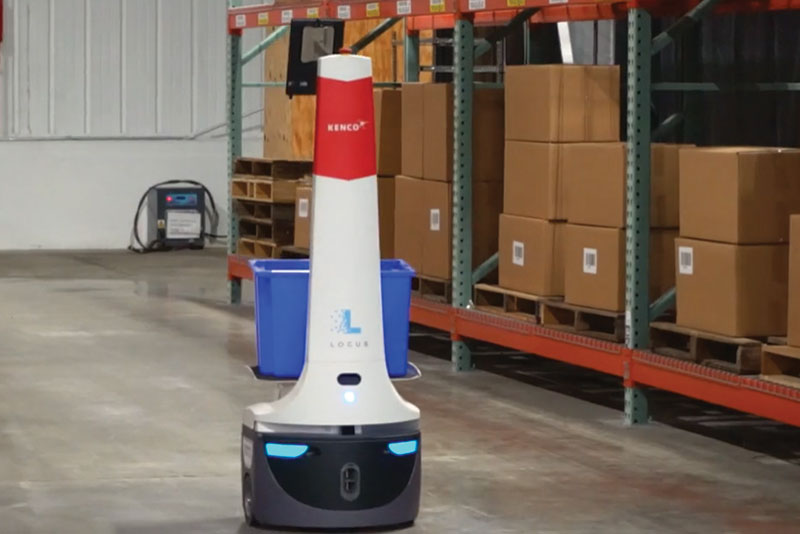
Found in Robotics News & Content, with a score of 3.56
…AI and robotics maturation. By contrast, he explains, a manipulation robot for the consumer world—envision a mobile robotic housekeeper—would have to be capable of doing a much larger universe of tasks that would stretch the limits of what robots can do. “Logistics presents a more controlled environment and problem set that is surmountable with the current level of technology and what robots are capable of doing,” says Galluzzo. “Logistics and warehouse fulfillment are right at the intersection of current technology and market need.” Manufacturers have used robotics in factories for decades and continue to update those technologies, though generally, they’re…
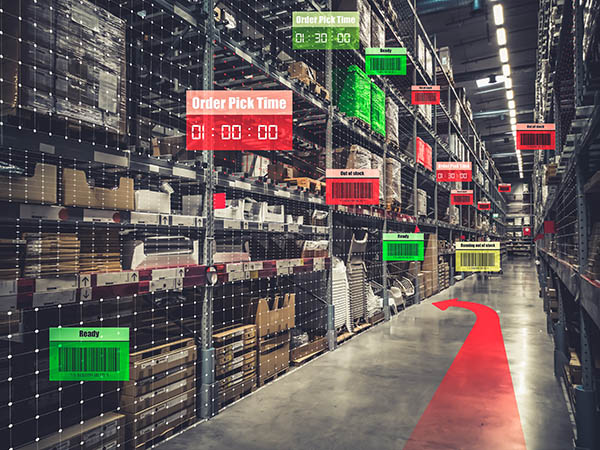
Found in Robotics News & Content, with a score of 3.51
…to these different use cases, but to the appropriate manipulation with a given end effector.” Take a step back from visual “wow factor” of the latest in warehouse automation and robotics, and it is really software at the WES and analytics levels that will allow users to flex multiple zones of automation to current demand patterns and rapidly changing resource availability, vendors agree. Most WCS software can’t optimize the overall DC like WES can, explained Laura Bickle, senior offering manager for WES at Honeywell Intelligrated, a major provider of warehouse automation and related software. “The WCS system is focused on…
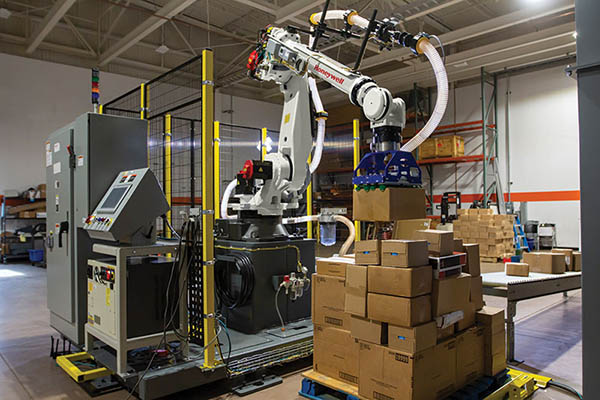
Found in Robotics News & Content, with a score of 3.17
…handling automation, said Ted Stinson, chief operating officer at manipulation AI provider Covariant. After all, how does one determine if an AI-driven arm and gripper can actually handle the rapidly changing SKU mixes seen in modern e-commerce? Flashy presentations from a dozen or more vendors can’t really answer that question, Stinson said. “It’s a crowded and confusing marketplace, where trying to understand the capabilities of one system versus another is highly challenging,” Stinson said. “It’s not like some more traditional materials handling system categories, where you can compare specification sheets and pretty well-established metrics around performance.” One path forward is…

Found in Robotics News & Content, with a score of 2.61
…content, increase transparency in terms of advertising, and reduce manipulation and disinformation. The DMA is to enable the European Commission to prevent providers of “core platform services” such as marketplaces, search engines, or social networks from acting as “gatekeepers” and becoming too dominant and being able to determine the rules of the market themselves. Gatekeeper status is presumed for companies with an annual turnover above €6.5 billion or a market value of at least €65 billion that operate a platform with more than 45 million monthly active end users and more than 10,000 yearly active business users. DMA prevents unfair…



